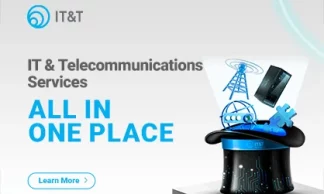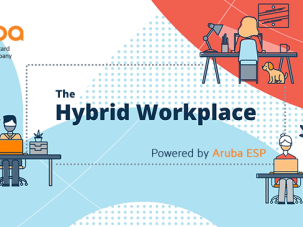Important Notice: Windows Server 2012 R2 Reached End of Support on October 10, 2023
Microsoft no longer offers mainstream Windows Server 2012 R2 support, including security updates, bug fixes, or technical support. This means your servers are vulnerable to security risks and compliance issues.
Take Action Now: Plan Your Migration Strategy
Upgrading to a supported version of Windows Server or migrating to Azure are the two main options to ensure the security and functionality of your workloads.
- Upgrade to Windows Server 2022: The latest version of Windows Server offers improved security, performance, and features.
- Migrate to Azure: Leverage Microsoft's cloud platform's scalability, security, and cost-effectiveness. Azure offers various pricing models, so assess your needs for cost optimisation.
Consider Extended Security Updates (ESUs) as a Temporary Solution
If immediate migration is not possible, Extended Security Updates (ESUs) can provide security updates for an additional three years, until October 13, 2026. However, ESUs are not a long-term solution and should be part of your migration plan. ESUs come with an additional cost, so factor this into your budget calculations.
Key Points to Remember:
- Microsoft no longer supports Windows Server 2012 R2.
- Unpatched systems are vulnerable to security risks and compliance issues.
- Upgrading to a newer version of Windows Server or migrating to Azure are the recommended solutions.
- Extended Security Updates (ESUs) can be a temporary option.
Next Steps:
- Assess your workloads and requirements to determine the best migration path.
- Develop a migration plan that outlines the steps, resources, and timeline. (the expected costs of hardware, software licenses, migration tools, and ongoing maintenance including ESUs if applicable).
- Explore Microsoft's resources for migration guidance and tools: New options for Windows Server 2012/R2 end of support from Azure
By taking proactive steps now, you can ensure a smooth transition away from unsupported Windows Server 2012 R2 and safeguard your business-critical applications.
Moving to Azure is also more cost effective and enables you to extend on-premises environments to Azure with seamless hybrid capabilities while protecting your workloads and modernising your security operations.
IT&T can lead your migration to Azure and the latest release of Windows Server. Contact us today about how to get started.





